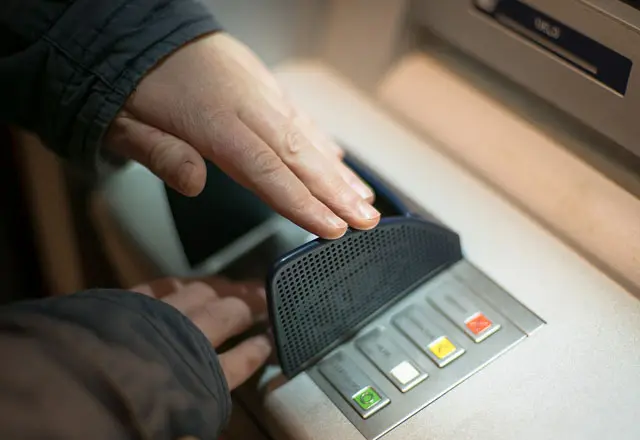For the average consumer, an ATM is a relatively simple machine that serves an important purpose. The cardholder inserts his or her card, types in a PIN, select an option, and takes the money. While it may seem like it from the outside, these are not magic machines that make money and give it away. There are thousands of complex processes and intricate computations that must go into even the smallest transactions, and ATM processors are the key to making sure these money machines function correctly.
Automatic Teller Machines
Although they have been commonplace for decades now, automatic teller machines (ATMs) were at one time the most meaningful breakthrough in modern banking. These machines provide a rare win-win-win situation for the consumer, financial institution, and merchants who own the machines. Consumers received the convenience of instant, 24-hour access to funds, while independent merchants received a stream of passive income through small fees and surcharges.
Financial institutions may have been the biggest winners, reducing the need for the manpower of human tellers and building customer loyalty by creating a direct link to consumers and the funds in their accounts. If the ATM is owned by the banking institution, they provided this link. But if it was owned by a third-party, the ATM processor creates the link between cardholder and cash.
ATM Processors
An ATM is essentially a data terminal that takes information from the customer and provides them with cash. In order to access the information necessary to provide this cash, the data terminal must communicate with the bank through a host processor. This ATM processor then exchanges information between the cardholder’s bank and the machine itself. Similar to the way APM software provides web transaction monitoring, ATM processors provide a more literal form of transaction monitoring.
Think of an ATM processor like an internet service provider (ISP). ISPs provide a link between a person and the world of information on the internet. An ATM processor provides a similar link, in that it is the gateway through which all the ATM networks are made available to the cardholder. With that link, customers have access to the information (and thus the cash) that is available in their account without actually being at the bank.
How ATM Processors Work
To provide cash to cardholders, the ATM must first access the customer’s bank account. The customer enters his or her card and necessary information on the ATM keypad, and this information is forwarded through the ATM processor. The processor then routes a transaction request to the bank or institution that issued the card.
If the requested amount is available to be withdrawn, the ATM processor will create an electronic funds transfer from the cardholder’s financial institution and the processor’s account. After the funds are transferred, the ATM processor will send an approval code to the machine, authorizing the cash to be dispensed. Sometime later (usually the next business day), the ATM processor will transfer the funds from the cardholder’s account into the account of the merchant or owner of the ATM.
The ATM processor essentially acts as a middleman between the cardholder, the financial institution, and the merchant. The processor may be owned by the bank– in which case, only bank-owned ATMs can be used– or it may be owned by an independent service provider, allowing any number of merchant-owned ATMs to be used.
How ATM Processors Make Money
Independently-owned ATM processors make money by charging a small fee for each transaction called an interchange. Because the processors act as the middleman between so many sources, banks, and financial institutions are happy to pay this small fee in exchange for the convenience ATM processors provide.
In some cases, the fee could be passed onto the merchant, who in turn passes it onto the cardholder in terms of a convenience fee. This is why some ATM transactions will charge two fees– one from the owner of the machine and one from the host processor. Either way, the host processor makes a small amount on each transaction that is created on their network.














